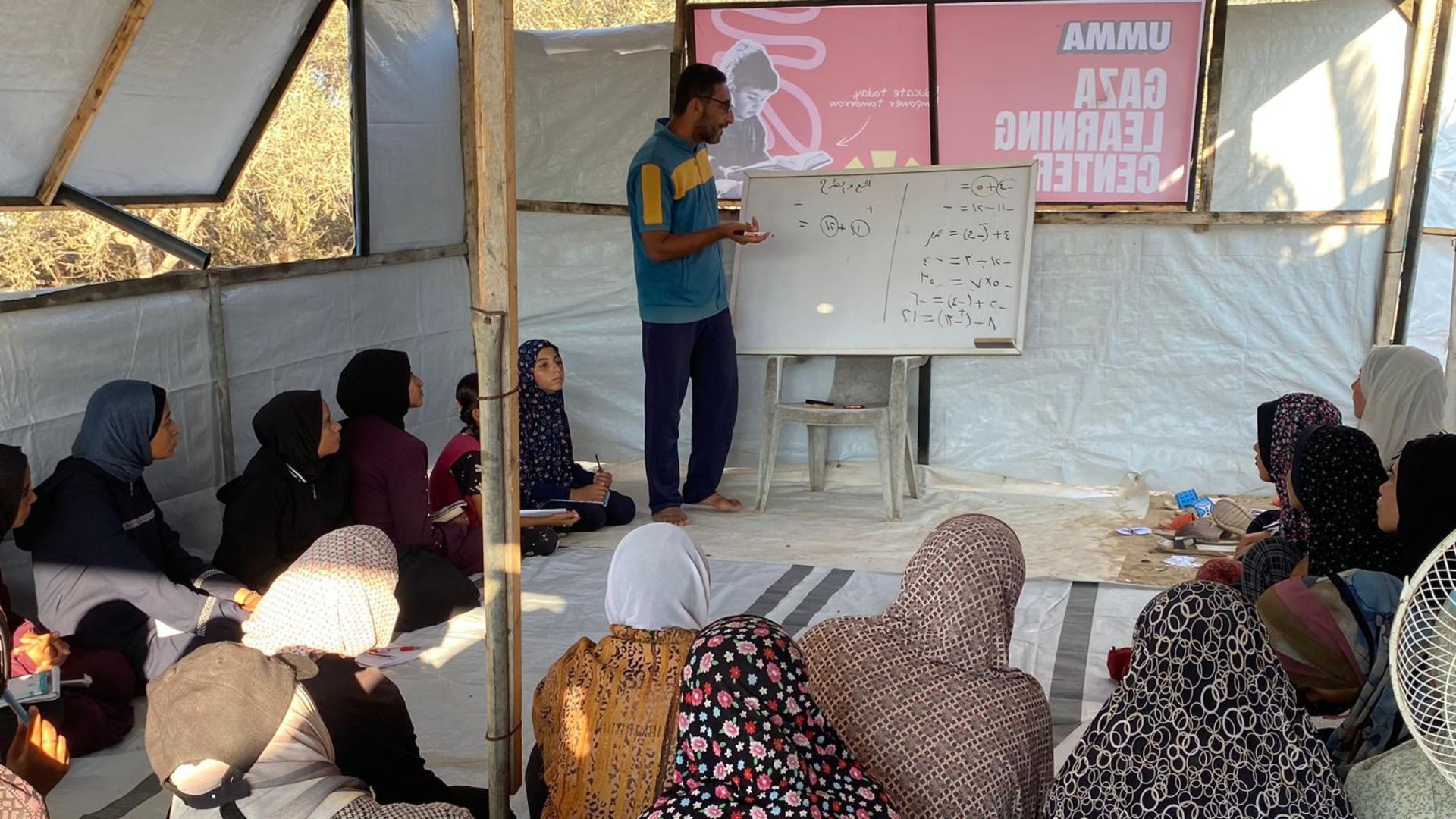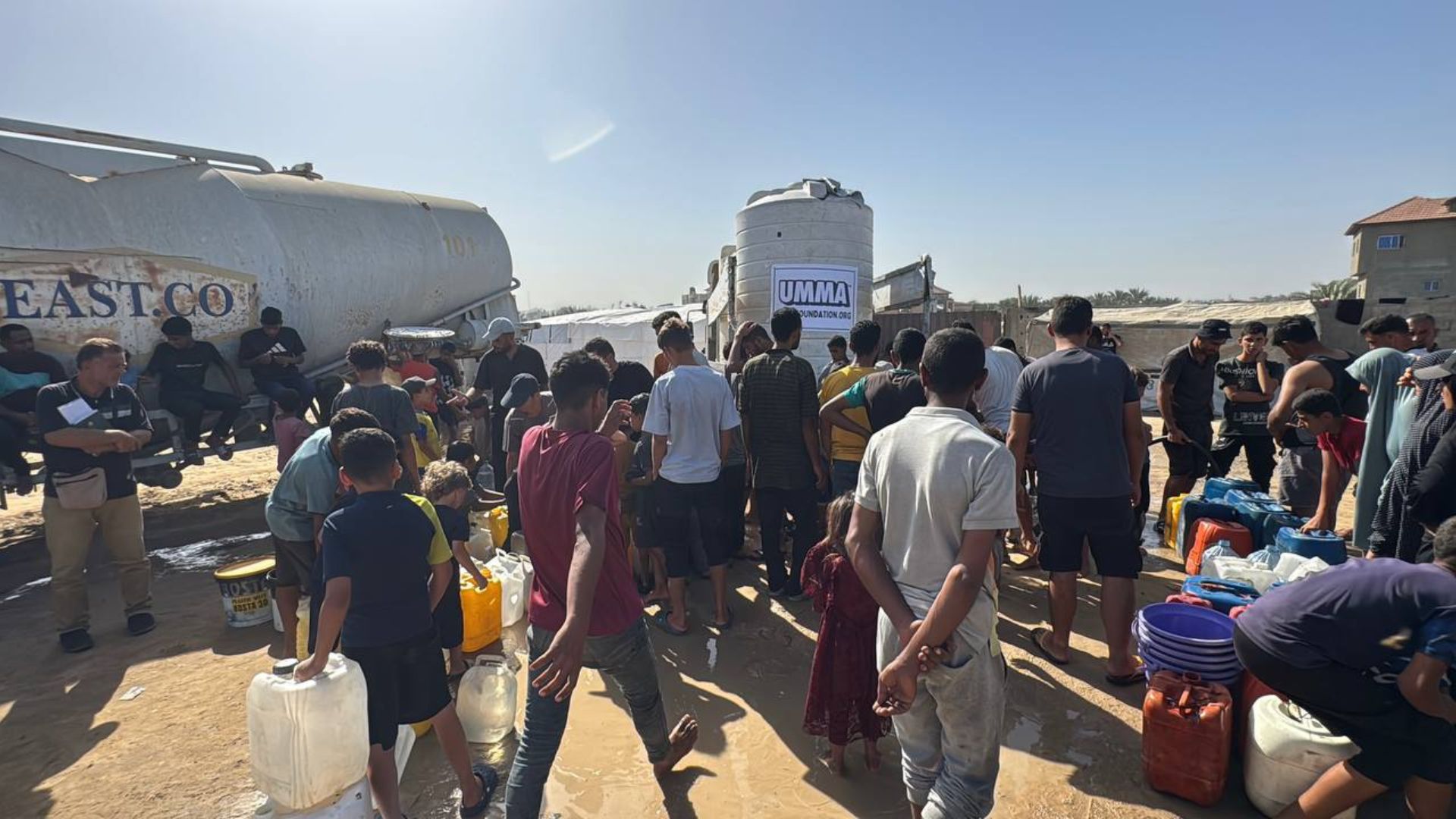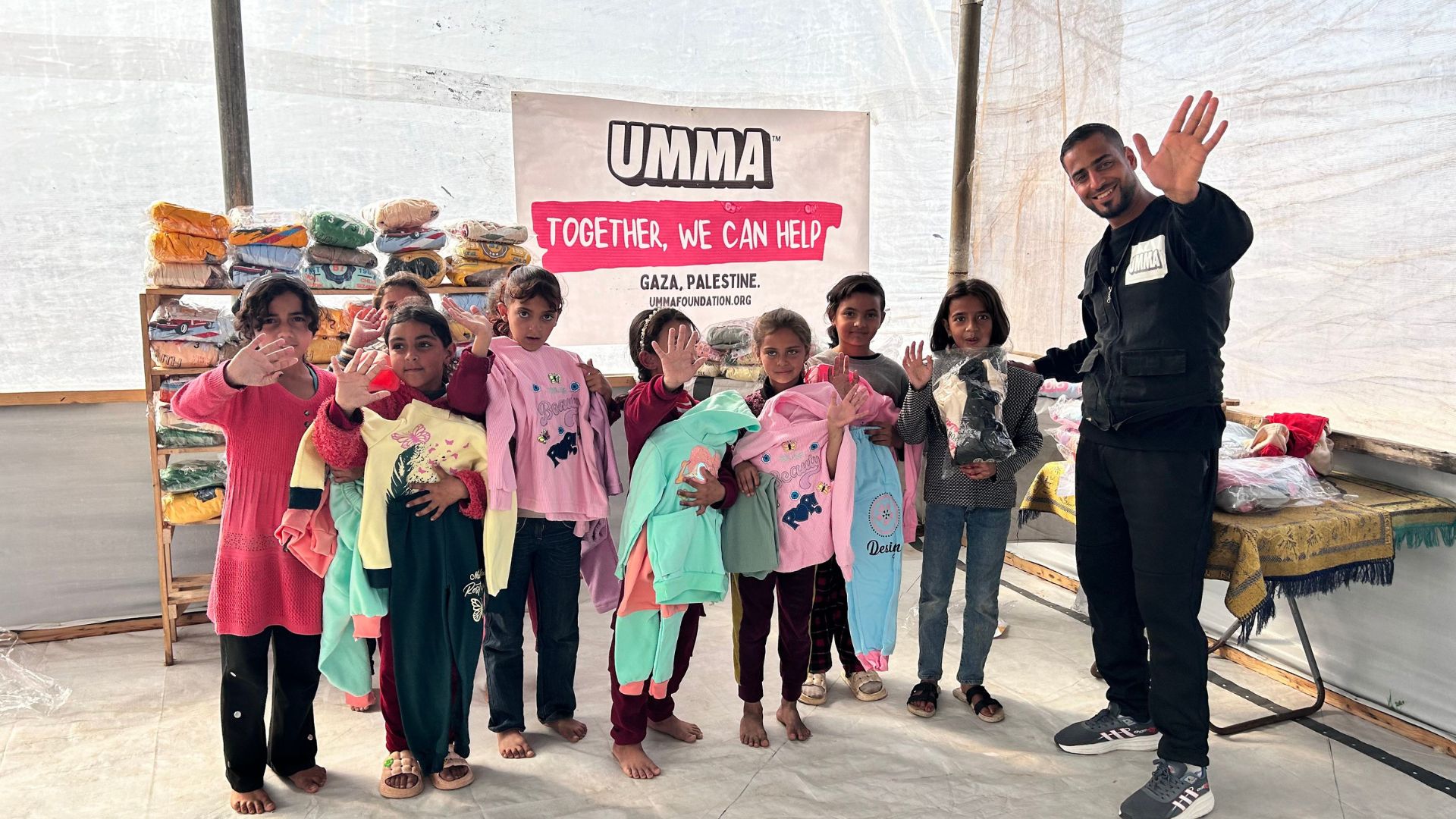Food insecurity remains a pressing issue in New York City (NYC), affecting a significant portion of the population. Recent data reveals that approximately 14% of NYC residents, equating to around 1.2 million people, live in food-insecure households. This means that one in seven New Yorkers lacks consistent access to sufficient and nutritious food.THE CITY - NYC News
Disparities Across Boroughs
The impact of food insecurity is not uniform across the city:
- The Bronx: Experiences the highest rates, with 20% of residents and 33% of children facing food insecurity. New York City Council+6THE CITY - NYC News+6Robin Hood+6
- Other Boroughs: While specific percentages vary, neighborhoods with higher poverty rates and limited access to affordable, nutritious food are more severely affected.New York Post
Vulnerable Populations
- Children: Approximately 25% of NYC children experience food insecurity, a figure that has worsened since the COVID-19 pandemic. City Harvest+9NY1+9New York City Council+9
- Households with Children: Nearly 44% reported food hardship in 2023. City Harvest+2Robin Hood+2feedam.org+2
- Seniors: Food insufficiency among adults aged 65 and older increased by more than 30% between 2021 and 2022. The Official Website of New York State
- Communities of Color: Black and Hispanic New Yorkers are more than twice as likely to experience food insufficiency compared to white residents. New York Health Foundation+1The Official Website of New York State+1
Contributing Factors
Several elements contribute to the high rates of food insecurity in NYC:
- Economic Challenges: The city's poverty rate stands at 23%, nearly double the national average. New York City Council
- High Cost of Living: Rising expenses for housing, childcare, and food strain household budgets.City Harvest
- Inflation: Increased food prices make it harder for low-income families to afford nutritious meals.
Efforts to Combat Food Insecurity
Various organizations and initiatives are working to address this crisis:
- City Harvest: In 2024, they plan to rescue and deliver over 81 million pounds of food to nearly 400 food pantries, soup kitchens, and community programs across the five boroughs. City Harvest
- Government Programs: Initiatives like the Supplemental Nutrition Assistance Program (SNAP) and the Special Supplemental Nutrition Program for Women, Infants, and Children (WIC) provide essential support, though challenges remain in ensuring adequate benefits and access.New York Health Foundation
UMMA Foundation and the Truck of Hope in NYC
The UMMA Foundation is actively addressing food insecurity in NYC through its Truck of Hope initiative. This mobile aid program delivers hot meals, hygiene kits, and essential supplies to underserved neighborhoods across New York.
The Truck of Hope partners with local mosques, shelters, and community centers, ensuring aid reaches the most vulnerable, including unhoused individuals, low-income families, and elderly residents. The foundation also engages with local volunteers and institutions to raise awareness and build long-term, sustainable solutions.
All contributions to UMMA’s New York City projects are 100% tax-deductible, as the organization is a recognized 501(c)(3) nonprofit.
👉 Learn more or support the work: https://www.ummafoundation.org/
The Top 5 NGOs to Support in Combating Food Insecurity in NYC
Supporting local organizations can make a significant impact. Here are five NGOs dedicated to alleviating hunger in NYC:
- City Harvest: As the city's largest food rescue organization, City Harvest collects surplus food and delivers it to community food programs. Visit: https://www.cityharvest.org/El País+1City Harvest+1
- Food Bank For New York City: Provides emergency food to New Yorkers in need and engages in advocacy to end hunger. Visit: https://www.foodbanknyc.org/New York City Council
- God's Love We Deliver: Delivers medically tailored meals to individuals with serious illnesses. Visit: https://www.glwd.org/New York Post
- Rethink Food NYC: Partners with restaurants to provide nutritious meals to underserved communities. Visit: https://www.rethinkfood.org/New York Post+2Brooklyn Paper+2City Harvest+2
- UMMA Foundation: Focuses on providing humanitarian aid, including food assistance, to vulnerable populations. Visit: https://www.ummafoundation.org/
Conclusion
Food insecurity in New York City is a complex issue influenced by economic disparities, high living costs, and systemic inequalities. Addressing this challenge requires a multifaceted approach, including supporting local NGOs, advocating for effective policies, and fostering community initiatives. By working together, we can strive towards a city where all residents have access to the nutritious food they need.











